
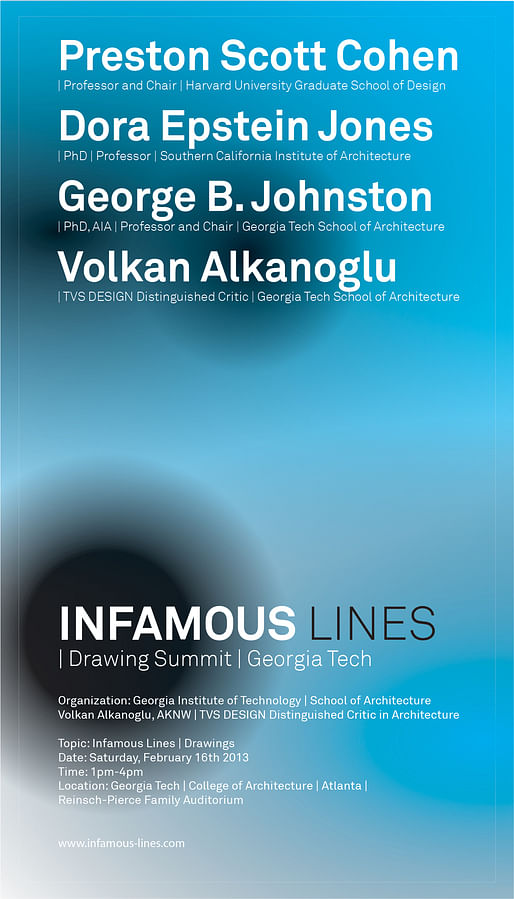
During the event the guests presented their ideas on the role and importance of the medium of Drawing. Each participant to provided a lens, through which drawing is seen – as an agency of design exploration, rhetorical expression, informative data set, conceptual framework, or essential technique of the architectural discipline and profession. After the presentations, the guests summoned on stage for a strong, intense, and lively discussion on the topic of Drawing.
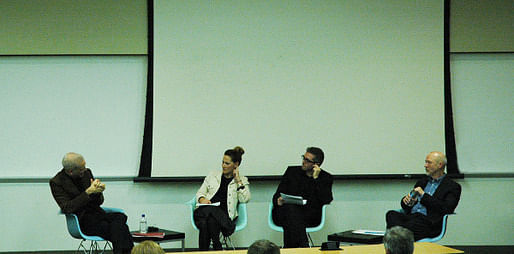
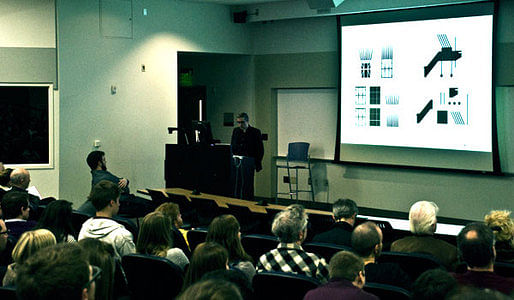
Drawing Summit presentations and discussion
Volkan Alkanoglu argued that it is important to still include drawing into production, but not just as a tool or a device, but as an essential part of disciplinary discourse. He advocated we move away from a nostalgic reading of drawings towards a force that can reshape the discipline of architecture. As his contribution to the discussion, Alkanoglu presented work from a seminar that he taught in the fall of 2012, Infamous Lines, which focused on projective discoveries through the reading and production of line drawings, in particular of canonic architects of the 20th century.
The seminar was initially inspired by questions such as: How thick did Aldo Rossi draw? Are Neil Denari’s curves similar to Claude Parent’s? Why do line weights not matter for Kazuyo Sejima? Is John Hejduk’s piano curve considered geometry or language? And did Enric Miralles really dress-up to make a drawing?
These initial questions then turned into an analytical understanding of the production of drawings in relation to the conceptual framework of the architects.

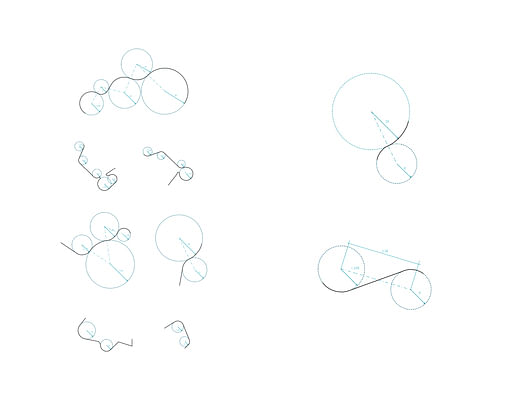
Kasia Zycinska’s studies of James Stirling’s drawings
Volkan Alkanoglu presented the work of couple of his students, Kasia Zycinska and Zac Porter.
In her studies, Kasia’s focused on the reading of James Stirling’s isometric drawings developed through a series of directional line studies and taxonomies. Searching for a common nominator within the work, Kasia attempted to isolate Stirling’s “signature line.”
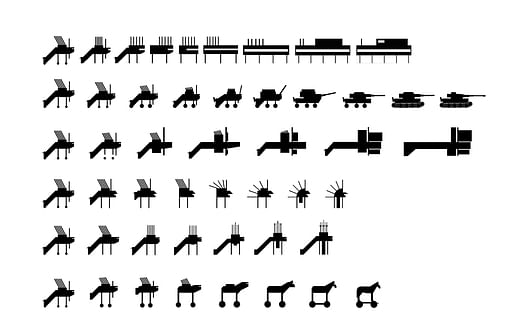
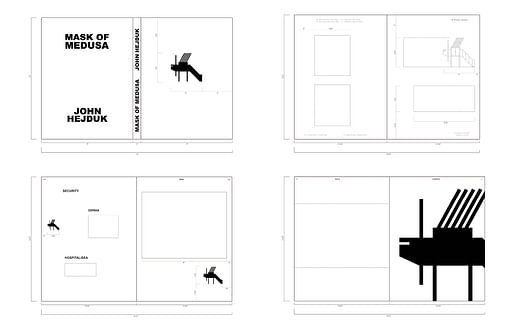
Zac Porter’s studies of John Hejduk’s work
Zac Porter was interested in the nomadic movement of John Hejduk’s characters within his drawings and their relationship to the frame of the drawing itself. While these abstract, compositional studies may not be informed by a specific geographical context, they are nonetheless sited within the proportions of the sheet of paper on which they are drawn.
Infamous Lines Seminar was a research component structured around the goal of developing an understanding of line assemblies and their theoretical relationship towards the agency of drawing and concepts in design. The seminar focused on reading line drawings again in order to discover an imbedded conceptual ideology of design beyond technique.
to learn more visit: www.infamous-lines.com
The technique of drawing is a very distinct architectural element. As Architects, we draw lines for notions of aesthetic, concept, as well as production. Drawing is considered an extension of our thoughts (concept) and vessel to communicate our ideas (technique). Every drawing however has imbedded in it a signature, expression, and authenticity. What is the relationship between lines and our individual design ideologies?



No Comments
Block this user
Are you sure you want to block this user and hide all related comments throughout the site?
Archinect
This is your first comment on Archinect. Your comment will be visible once approved.